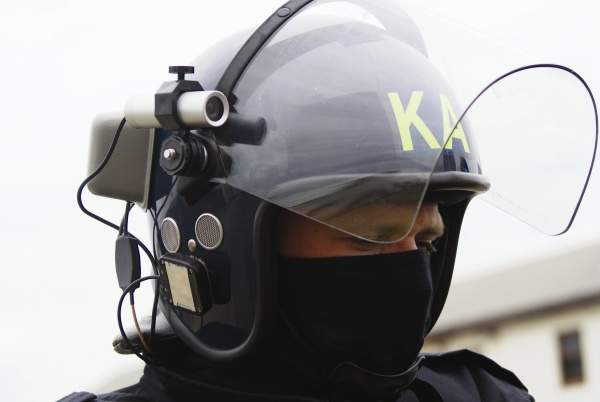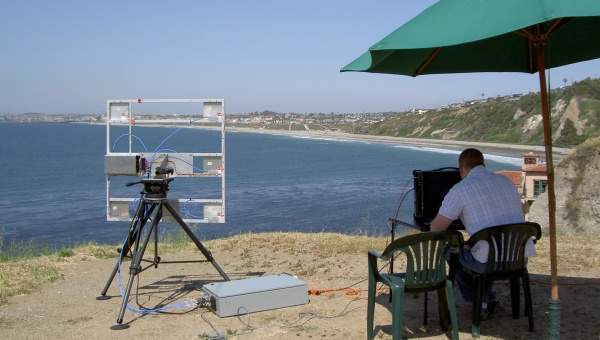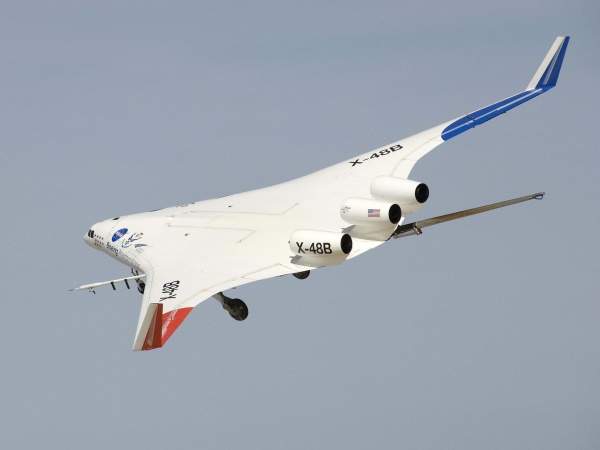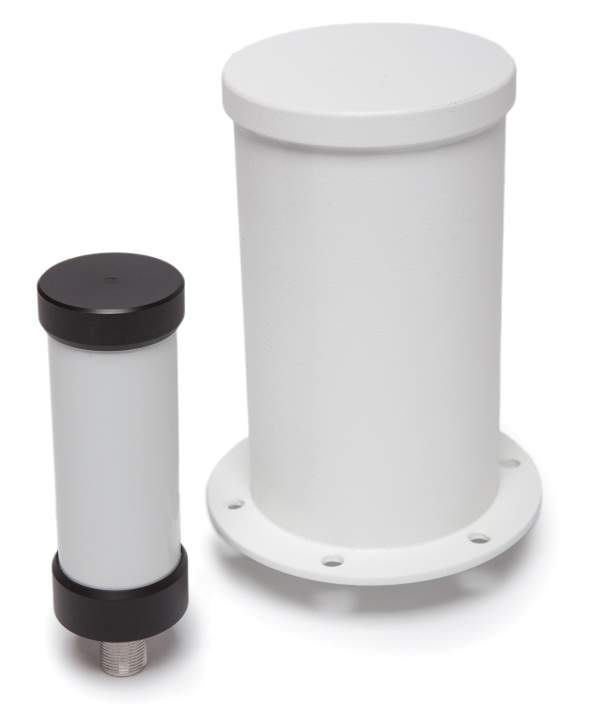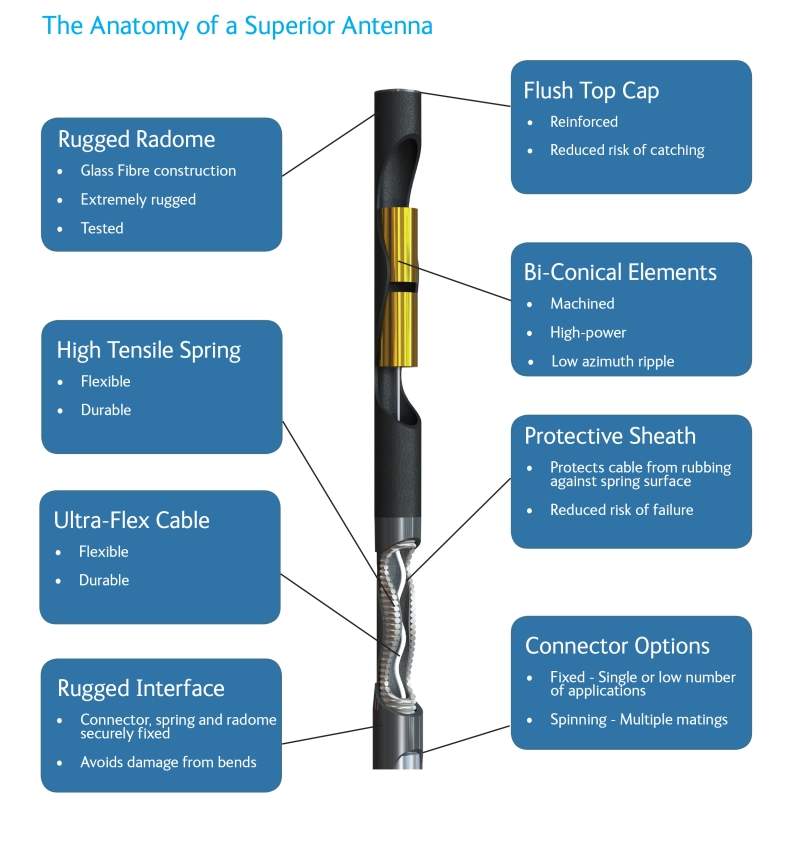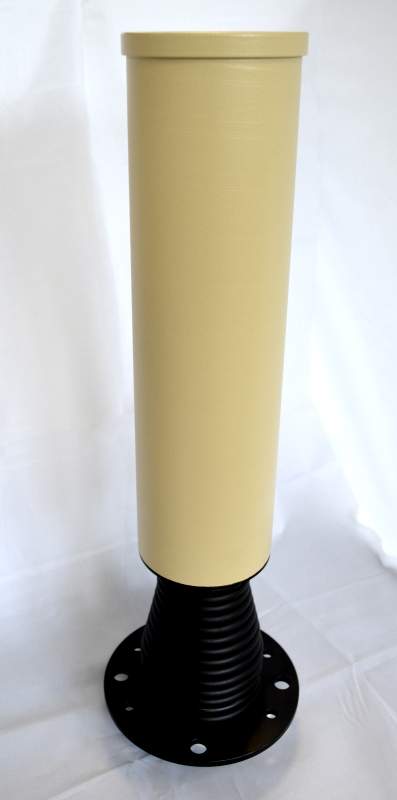
Cobham Antenna Systems design and manufacture microwave antennas for defence, security and satellite communications.
Worldwide applications including ground-to-air, robotics, unmanned vehicles, Link16, radar, ground control centres, video surveillance, COFDM, electronic warfare, body worn systems, tactical communications, outside broadcast and more all use Cobham’s antennas.
More than 2,000 standard antenna designs are available over the frequency range 100MHz to 27GHz. Types include standard omni-directional, directional and sector antennas as well as more advanced antenna technologies such as ultra-wideband, high-power, high-gain, multi-sector, blade-style, hemi-omnis and multi-stacked omnis.
Most antennas have various choices including single or multi-band, colour, connector, electrical tilt and null-fill or side lobe patterns.
Operating out of a single UK-based location the company’s products are ITAR free.
Electronic warfare and countermeasure antennas
Cobham have a range of antennas that can be used to deny access to the RF spectrum providing safety to high value assets, including ground and airborne platforms as well as troops.
Robust ultra-wideband omni and directional antennas are used for ground-based and airborne systems for Counter IED and communications intercept.
They are also compatible with multi-band cellular applications such as communication in tunnels and Distributed Antenna Systems (DAS), spectrum monitoring and EW target drones.
Features include:
- Peak gain on horizon across all bands
- Biconical omnis that are fully efficient, vertically polarised bandwidths from 3:1 to 30:1 are achievable
- High-power
- Excellent azimuth patterns
- Vertically polarised
- Typically 0 to 2dBi gain across the band
- Elevation HPBW typically 30 to 60 degrees
- Ground plane independent
- Frequencies from 100MHz to 18GHz
Wideband omni antennas can be ‘stacked’ so that several antennas may be designed into a single housing, which provides a single mounting point on any vehicle.
New feed through technology allows multiple antennas to be co-located within the same housing.
- Overlapping frequencies for multiple applications
- 200W per band simultaneously
- Good return loss across all bands
- High isolation between bands
A wide range of high-power, ultra-wideband, directional, circular polarised antennas are available. This range is continually expanding with new developments for customers’ deployment requirements.
- High-power (Tested to 150W in some cases but capable of more)
- Highly directional for focused beams
- Low profile
- High-gain (Up to 32dBi)
- Rugged
Dual-polarisation, MiMo and spring mount antennas
Cobham have a range of rugged dual-polar and MiMo antennas for various military applications.
- Dual vertical and horizontal polarisations interleaved within a single housing
- Circular and ±45° dual-slant versions available
- Rugged
- Proven
- Spring mountable options
Cobham has a wide range of spring mounted antennas available in various frequencies, including L, S and C-Band.
Multi-octave bicones provide 2dBi gain, whilst collinear omni antennas have up to 10% bandwidth and provide up to 11dBi gain. Circular polarisation, excellent azimuth ripple and customised elevation beam patterns are combined to provide an accurate, reliable antenna.
Spring mounted antennas are rugged, high-power, have various connector types including fixed and spinning, along with bi-conical elements and low azimuth ripple.
Unmanned systems and ground control station antennas
Cobham have a wide range of antennas suitable for ground, air and marine based unmanned systems and corresponding control stations. Providing a paired set of antennas for the unmanned system and control station provides the most reliable link.
- High gain antennas providing increased range, battery life and efficiency
- Collinear, vertically polarised omni antennas for aerodynamic foil structures
- Common data link ku-band omni antennas with circular polarisation and up to 4dBiC gain
- Directional antennas for communication between airborne towed target and the towing aircraft
- Spiral antennas for direction finding
- Radar cross-section enhancement and radar detection
Body worn narrow and wide band patch antennas
Body worn sector antennas are wide band, with wide-angle sectoral coverage. They have high gain and can be configured in single, double or quad format depending on the radio. They are robust and field proven.
Narrow band directional patch antennas are perfect for covert, security applications. This type of antenna is extremely slim, 2mm to 4mm deep and can be sewn into clothing or webbing.
Wide band patch antennas are ideal for covert, security applications. They are slightly deeper in construction than narrow band antennas and can still be disguised within clothing, baggage and webbing, and are directional in coverage.
Wire style antennas are centre-fed wire dipoles, which provide omni coverage in open environments. These antennas are compatible with lower frequency covert applications and may be hidden within clothing, where the beamwidth reduces to 180° if used in body worn applications. They can be used in pairs to provide 360° coverage.
Customer specific antenna development programmes
Antenna development projects are regularly undertaken on behalf of customers for specific programmes. Advanced modelling tools are used to enhance accuracy, with resulting prototypes tested at the company’s on-site anechoic test chamber.
Accurate radiation pattern data ensures that antennas meet their quoted radiation and specification pattern envelopes. Antennas are tested throughout design and manufacture.



